
It’s the first day of class in the Interim Design Center at Cal Poly Pomona, where the only requirement for second year students is to bring in toys- lots of them. Desks were overthrown with Iron Man figurines, various Transformers, and other Hasbro collectibles...cars and robots, Chinese porcelain dolls and bobble heads. One student brought in an iPad and said, “Define toy”. (He was later asked to try again). As toys filled up studio, the instructors presented in Pecha Kucha style, introducing students to the concept of packing. Professor Alex Pang asked, “What are you packing?”, showing a clip from the Simpsons of clowns squeezing into a car, while Lecturer Jena Meeks described the difference between pack, pile, and stack. Images of the Vitruvian Man and the Golden Ratio helped describe to truly understand an object, it must be broken down to its proportions and pieces.
Students began with a derivation exercise, documenting the shapes and forms of their toys, causing them to thoroughly analyze geometries and volumetric conditions. As toys were scanned, measured, and photographed, they became objects that now had scale, materiality, size, gravity, and proportions.
Alondra Delgado | Instructor: Jena Meeks
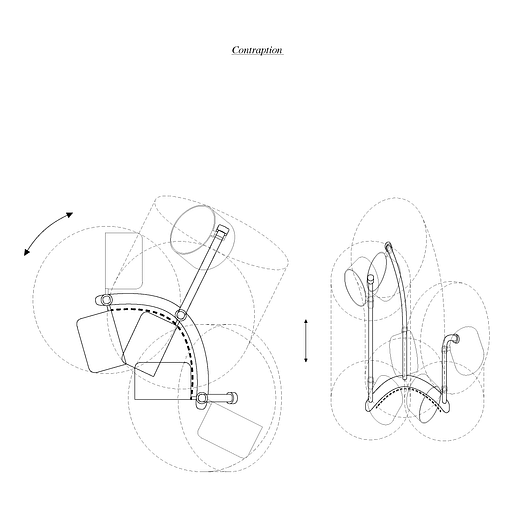 Daniel Vazquez | Instructor: Jena Meeks
Daniel Vazquez | Instructor: Jena Meeks
Alex Menjivar | Instructor: Richard Molina
Students were then given dimensions to an imaginary bounding box, and asked to “pack” their toys within it. Each instructor approached the assignment a bit differently. One studio dissembled the toys into its kit of parts, and reassembled them within the box, studying order, repetition, and modularity. Other sections pursued topics of arrangement and sequence, and packed “multiples” of their chosen object, studying the various scales the objects could take on within the volume. Thus, Iron Man figurines were multiplied, Transformers dismantled, and Hasbro collectibles heaped, scattered, and stored.
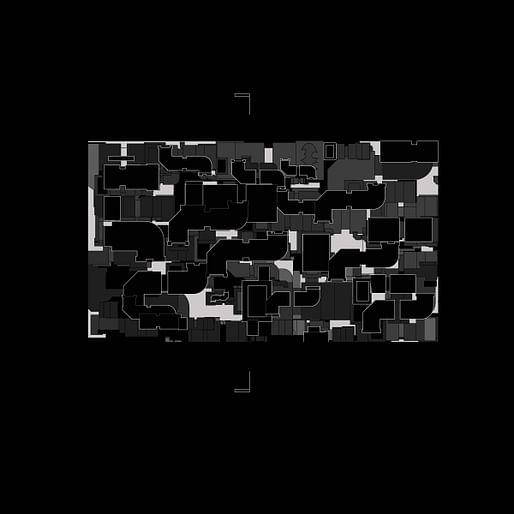
Jingli Wang | Instructor: Axel Schmitzberger
 Marc Mendez | Instructor: Axel Schmitzberger
Marc Mendez | Instructor: Axel Schmitzberger
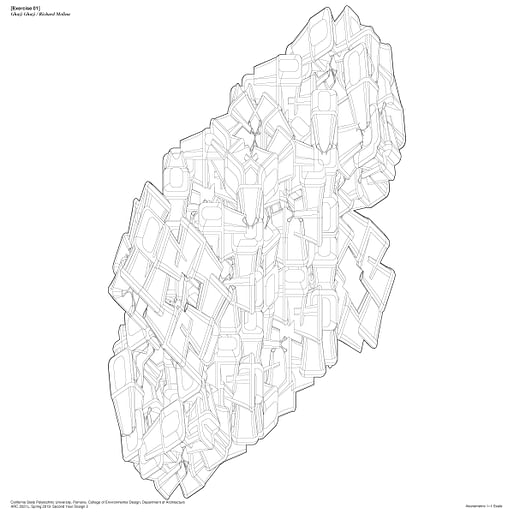 Ghazi Ghazi | Instructor: Richard Molina
Ghazi Ghazi | Instructor: Richard Molina
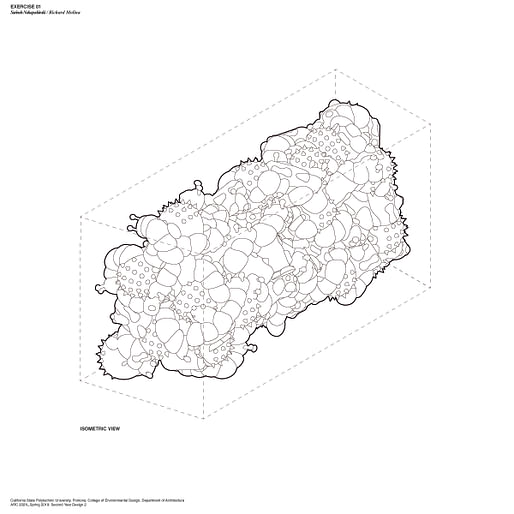
Sarineh Nahapedsiraki | Instructor: Richard Molina
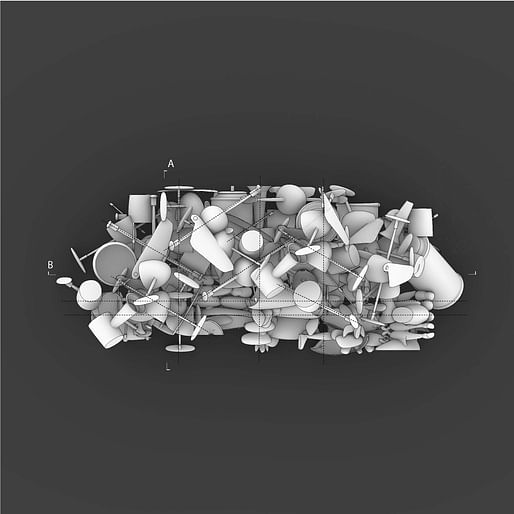 Robert Ambriz | Instructor: Jena Meeks
Robert Ambriz | Instructor: Jena Meeks
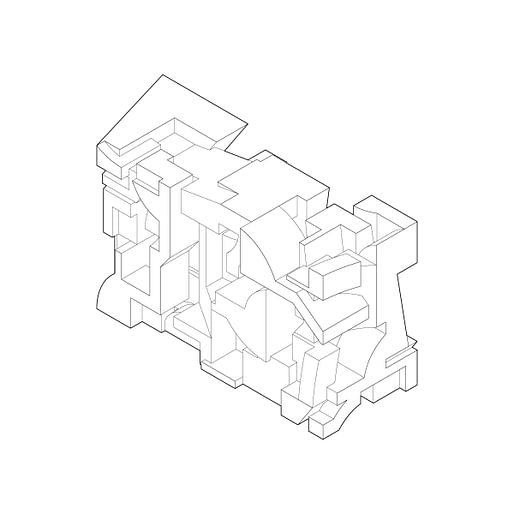 E. Cardenas | Instructor: Andri Luescher
E. Cardenas | Instructor: Andri Luescher
 R. Matinsefat | Instructor: Andri Luescher
R. Matinsefat | Instructor: Andri Luescher
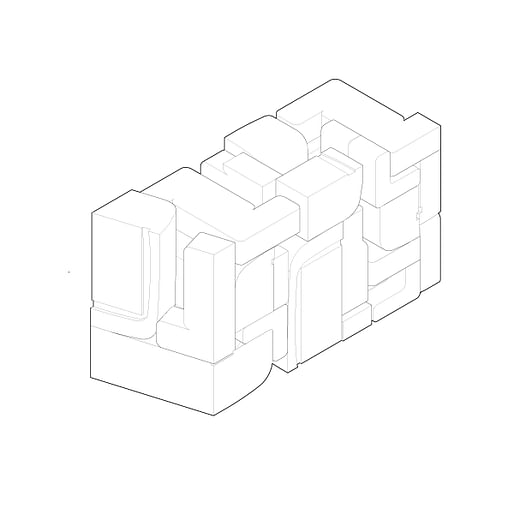 N. Lum | Instructor: Andri Luescher
N. Lum | Instructor: Andri Luescher
As bounding boxes filled, students were encouraged to develop a set of rules, or process, to the way they packed, so that steps may be repeated and revisited in order to achieve a dense yet balanced field. Second year student Noah Lemus explained his process:
“This project began with a toy, in particular a children’s cap gun. The toy was disassembled into three major parts: the barrel, cylinder, and the handle. Each part of the original gun was scaled proportionally to their counterparts, creating three sets of parts with a three-two-one scale factor […] Careful consideration was taken to make sure all of the objects did not intersect each other, but only touch surfaces. Once packing was completed, a bounding box was applied to the core of the stacked and packed objects, carving away any objects that protruded from the box.”


 Kimberly Carlisle | Instructor: Saba Salekfard
Kimberly Carlisle | Instructor: Saba Salekfard
Towards the end of the exercise, students analyzed their projects through multiple sections cuts, and represented them in figure ground studies. Through this documentation, they learned that density alone is not enough in the project, and aimed for more balanced and saturated conditions. Figure ground drawings allowed students to process not what is given, but what they comprehend and conclude from their projects.
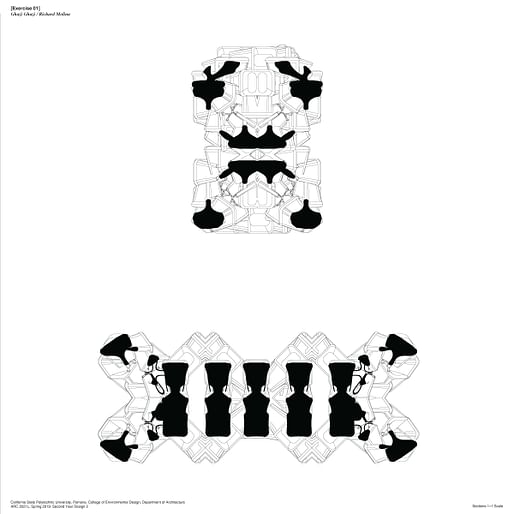 Ghazi Ghazi | Instructor: Richard Molina
Ghazi Ghazi | Instructor: Richard Molina
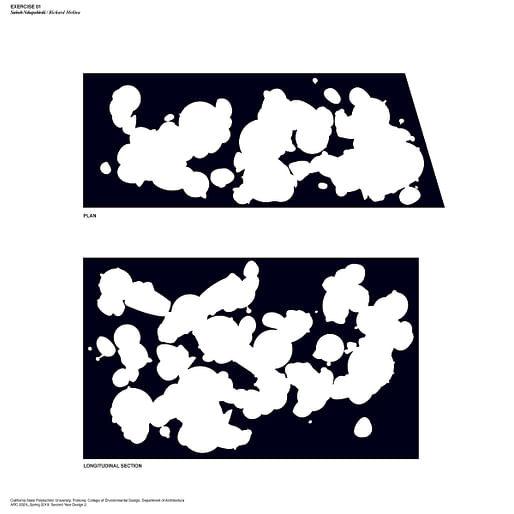 Sarineh Nahapedsiraki | Instructor: Richard Molina
Sarineh Nahapedsiraki | Instructor: Richard Molina

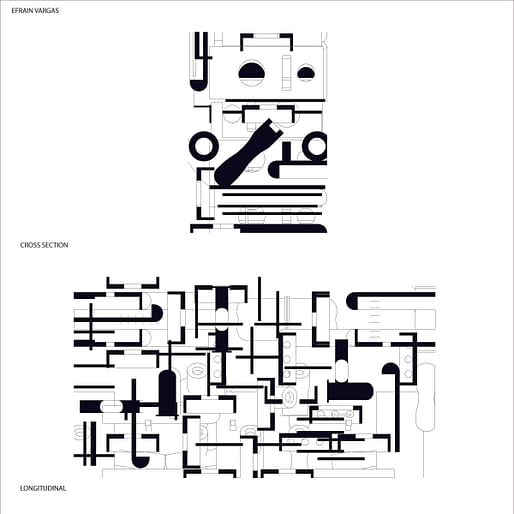 Efrain Vargas | Instructor: Saba Salekfard
Efrain Vargas | Instructor: Saba Salekfard
Investigating architecture's ability to reach a broader culture.
No Comments
Block this user
Are you sure you want to block this user and hide all related comments throughout the site?
Archinect
This is your first comment on Archinect. Your comment will be visible once approved.